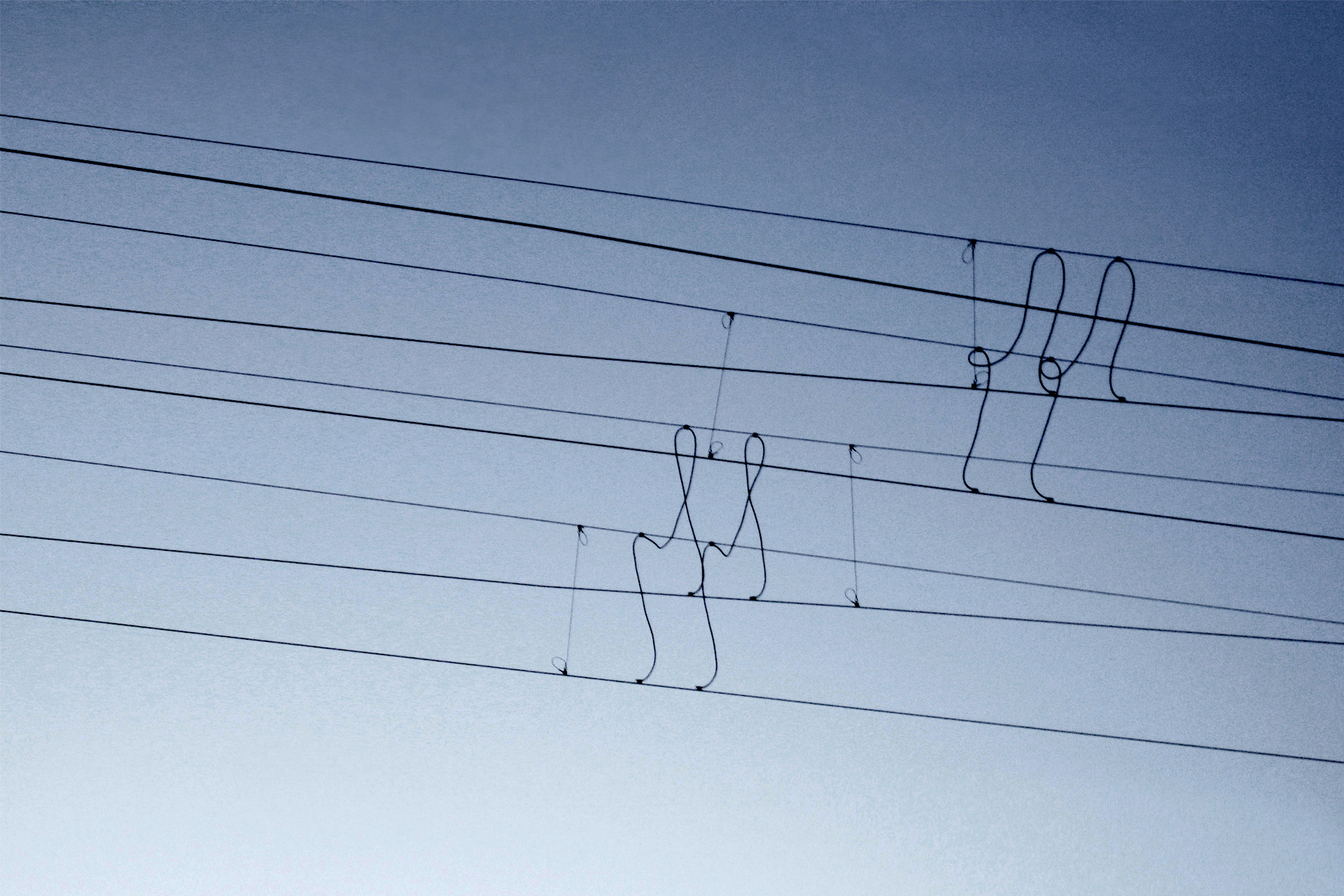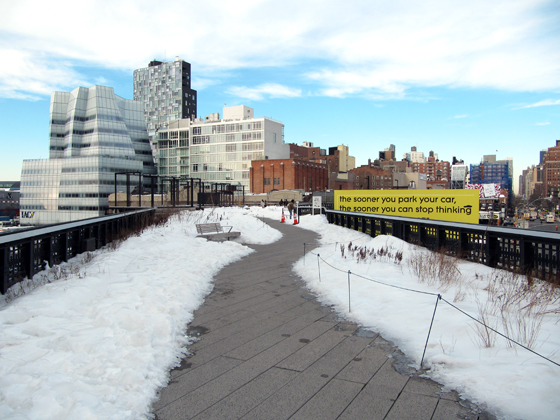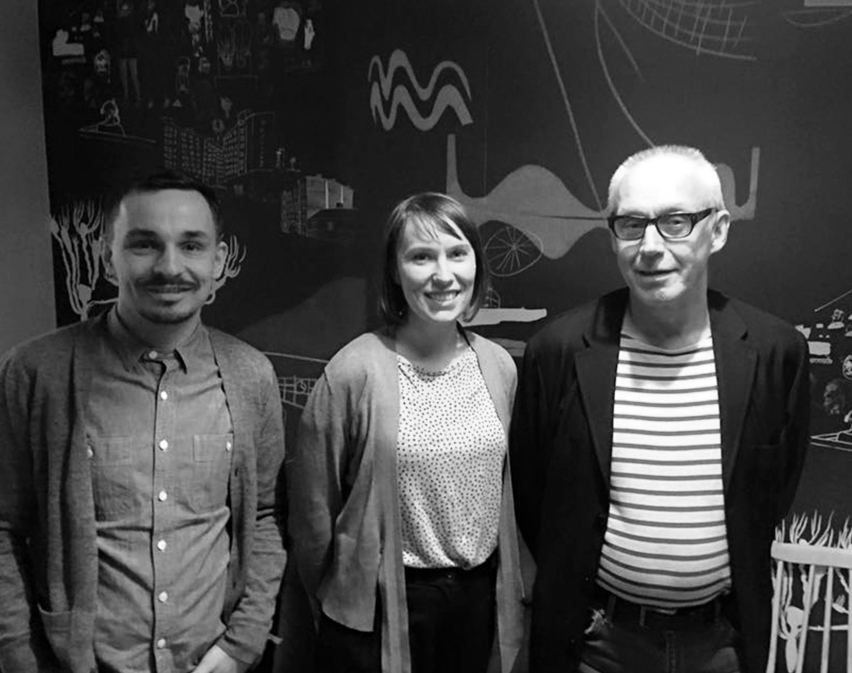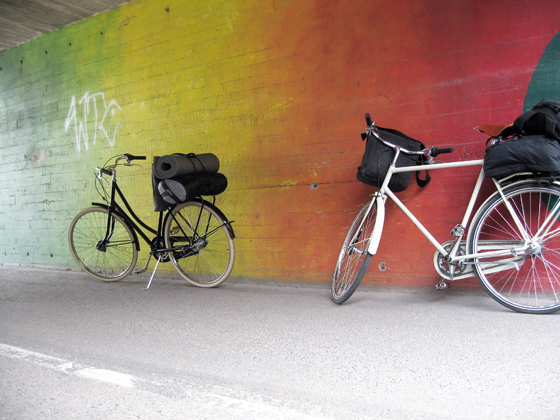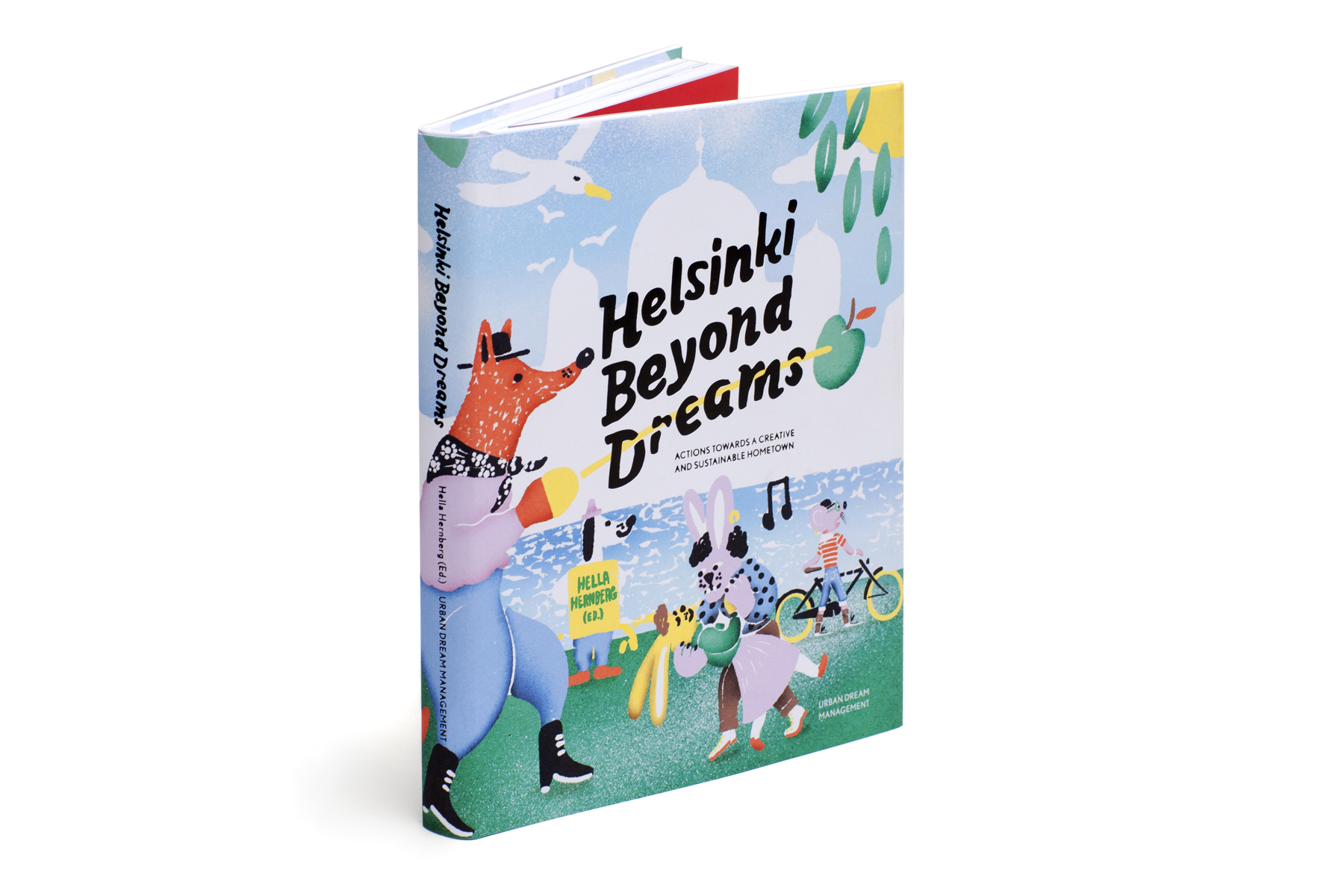
The end of November is approaching in Helsinki and our urban garden is still green – at least partly. It looks like the poor fava beans are mistaken there’ll be another summer ahead, as they have just started blossoming again. Last year at this time a thick layer of snow was already covering our city.http://infolio-rg.ru
Throughout the summer and autumn 2011 my colleagues and I have been enjoying the harvest of our very special guerrilla farm. In May, with the help of a pump cart and freight lift we had relocated our farm bags filled with about 1000 kilograms of soil each, up to the second floor terrace of the derelict harbour warehouse that is now home to our workspaces.
We’ve had the pleasure of collecting our lunch ingredients straight from the terrace and decorating salads with crisp cress flowers. Plus improvising with variations of tabbouleh, pesto with rocket and peas – not to mention mojitos made of urban mint. And while picking the harvest, we have been admiring the industrial views to the shipyards facing our building.
Albeit the first frosty nights have already arrived, the parsley hasn’t stopped flourishing. But still, the most alluring aspect of urban farming for us might not be the harvest itself. Besides the thrill of utilising an abandoned location, just the act of following something growing from a tiny seed and witnessing its transformation into an edible plant has been a stirring and moving experience.
The compost was kindly donated to us by Metsäpirtin multa, a company working under the municipal water management HSY. As you can imagine, the compost filtered from sewage water contains enough nutrients to provide a fertile crop (the soil has also been examined and proved healthy for growing food). We noticed that this soil works great with leafy vegetables and zucchinis – but root vegetables might need a different kind of growing environment (as they have now been mainly focusing their growing energy on the green parts). Thus, after our second year of farming we are again a little wiser in how to prepare for the next summer.
Here’s a little photographic growth story of this year’s experimental farming:
